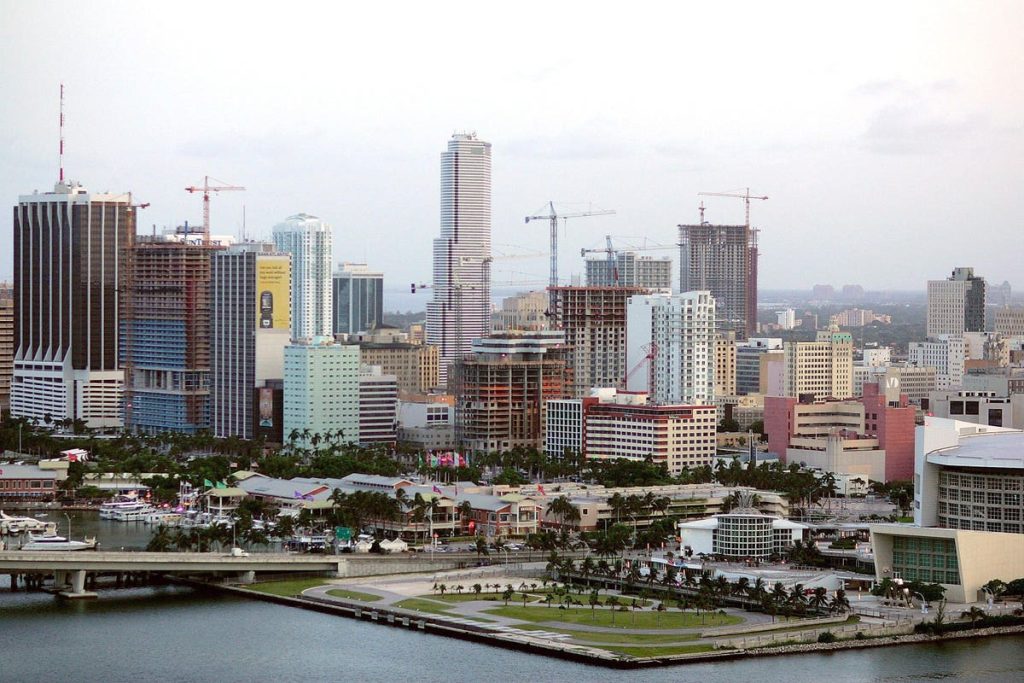The San Francisco Office Tower was worth $300 million four years ago, but is now for sale, with some estimating it will sell for 80% less, as reported in The Wall Street Journal (and by the way, it’s mostly empty). Meanwhile, in Dallas, nearly 6 million square feet of office space is under construction, amid a corporate project surge, as mentioned in The Dallas Morning News.
Headlines such as these serve as examples of the ongoing fluctuations in real estate markets. For beginning and veteran investors, there are always risk levels to factor in when making decisions. Some properties are more likely to generate a safe return, while others have a less certain forecast. (And keep in mind, what is a disadvantage for some might be an advantage for others!)
Before investing, it’s essential to know the risk level attached to the asset. In this second article (see the first here) of the series, “Making Investment Decisions in Today’s Real Estate Market,” we’ll look at the financial factors commonly attached to properties.
Here’s an overview of the four main types of risk levels in commercial real estate:
Core investment: These properties usually have a credit tenant already in place. A credit tenant will have a strong financial standing and present lower risk than others. This type of investment is known for its safe return and low levels of risk, which could make it a great fit for a passive investor.
Core plus: Assets in this category are cash flowing, which means the income begins upon acquisition. There could be some opportunities to fix up the property and increase rents too. However, tenants in this category may not have the outstanding credit of those in the core investment space. Furthermore, renovations and repairs for these properties could require additional funds.
Value-add: Properties in this segment often come with high potential (and higher levels of risk). Professional investors frequently look for this type of asset, which might require massive renovations or a complete reimagining of the space. While there may be major work required upfront, the returns on these properties could be higher as well.
Opportunistic: These projects frequently involve heavy development, which might include demolishing a building and putting up a new one. While the chance for high returns appeals to some investors, there is also significant risk involved. The initial funding required will be higher than other asset classes, and if plans go awry, the promised future income might not become a reality.
Surveying the Real Estate Scene
Once you’re aware of the property types available and have an understanding of the risk profiles, the best place to make an initial commercial real estate investment is often close to home. You’ll be more in tune to the current fluctuations in your own neighborhood or city. There’s nothing quite like walking through a property and talking to those involved in it! The process will provide key insight on why the property is being sold, what condition it is in, and where value could be added to it.
Finally, being aware of the ongoing market shifts will enable beginning and veteran investors to make wise decisions. With office spaces emptying, there could be opportunities to look at residential properties and find ways to make them more comfortable for remote workers. Carrying out research on a place and making a move when you’re ready will increase your chances for positive outcomes—and returns that outperform the market.
Read the full article here
